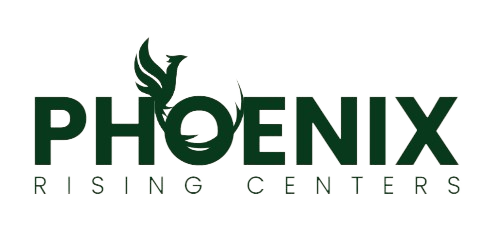How Do Therapy Innovations Differ from Traditional Methods?
Therapy can be a transformative journey, and its methods are continuously evolving. In recent years, therapy innovations have emerged that differ significantly from traditional approaches. This blog will explore these differences, highlighting how these new methods are reshaping mental health care.
What Are Traditional Therapy Methods?
Traditional therapy methods typically include well-established practices such as psychoanalysis, cognitive-behavioral therapy (CBT), and humanistic therapy. These approaches have a long history and are grounded in extensive psychological research.
The hallmark of traditional therapy methods is their structured, in-person formats. Clients often participate in weekly sessions, engaging in dialogue and exercises aimed at uncovering mental blocks or developing healthier behaviors. This face-to-face interaction creates a direct and personal connection between therapist and client, which some believe is crucial for effective therapy.
Cognitive Behavioral Therapy (CBT), one of the most widely used traditional methods, focuses on identifying and changing negative thought patterns. CBT is often helpful for tackling issues such as anxiety, depression, and phobias by providing patients with actionable strategies to alter their mindsets.
Identifying Key Innovations in Therapy
Recent innovations in therapy include approaches like teletherapy, virtual reality therapy, and the use of apps and artificial intelligence. These methods reflect advances in technology and a shift toward more accessible and personalized care.
Teletherapy, for instance, allows clients to engage with their therapists remotely through video calls. This has been especially beneficial during the COVID-19 pandemic when in-person sessions were not feasible. It also provides greater access to therapy for those living in remote or underserved areas.
Virtual reality therapy offers immersive experiences, aiding in the treatment of conditions like PTSD and phobias. Clients are gradually exposed to fear-inducing stimuli in a controlled and safe environment, promoting desensitization and coping mechanisms.
Therapeutic apps and artificial intelligence are revolutionizing therapy by offering tools for self-monitoring and skill practice. These digital solutions enable clients to engage with therapeutic concepts outside of sessions, empowering them to take proactive steps in their mental health journey.
How Does Technology Influence New Methods?
Technology plays a crucial role in therapy innovations, providing new platforms for delivering mental health services. It makes therapy more accessible, offering remote options that bridge the gap between patients and therapists.
The integration of technology in therapy also facilitates data collection and analysis. Therapists can leverage these insights to tailor treatments to individual needs, thereby optimizing outcomes and personalizing care.
With the advent of wearable devices and apps, clients can now track their moods, sleep patterns, and stress levels over time. This continuous monitoring can provide valuable data during therapy sessions and help clients recognize patterns and triggers in their day-to-day activities.
Benefits of Non-Traditional Approaches
Innovative approaches can offer greater flexibility and customization, catering to the specific needs of clients. They can also introduce new tools that enhance therapeutic experiences, such as biofeedback and neurofeedback devices.
Non-traditional methods often combine multiple therapeutic techniques, providing a holistic approach to mental health care. This integration allows clients to experiment with different modalities, finding what works best for them.
Moreover, technology-enhanced therapy offers clients privacy and convenience, enabling them to seek help without the concerns of stigma or logistical difficulties associated with in-person therapy.
Do Innovations Mean Better Results?
While innovations provide exciting possibilities, their effectiveness depends on the individual and the specific situation. Many find success with both traditional and innovative methods, and ongoing research continues to explore their efficacy.
Innovative therapies have shown promising results but are not necessarily a replacement for traditional methods. Instead, they offer additional tools that therapists can use to complement existing approaches for comprehensive care.
Success in therapy often comes from the personalized aspect—understanding the client's unique needs, preferences, and circumstances. Whether using innovative methods, traditional approaches, or a blend of both, the goal remains the same: helping clients achieve better mental health outcomes.
Embracing New Avenues in Therapy
As therapy continues to evolve, innovations present exciting new ways to approach mental health care. While traditional methods remain vital, these new approaches offer additional avenues for healing and self-discovery. By understanding both traditional and innovative methods, individuals can make informed choices about their mental health journey.


